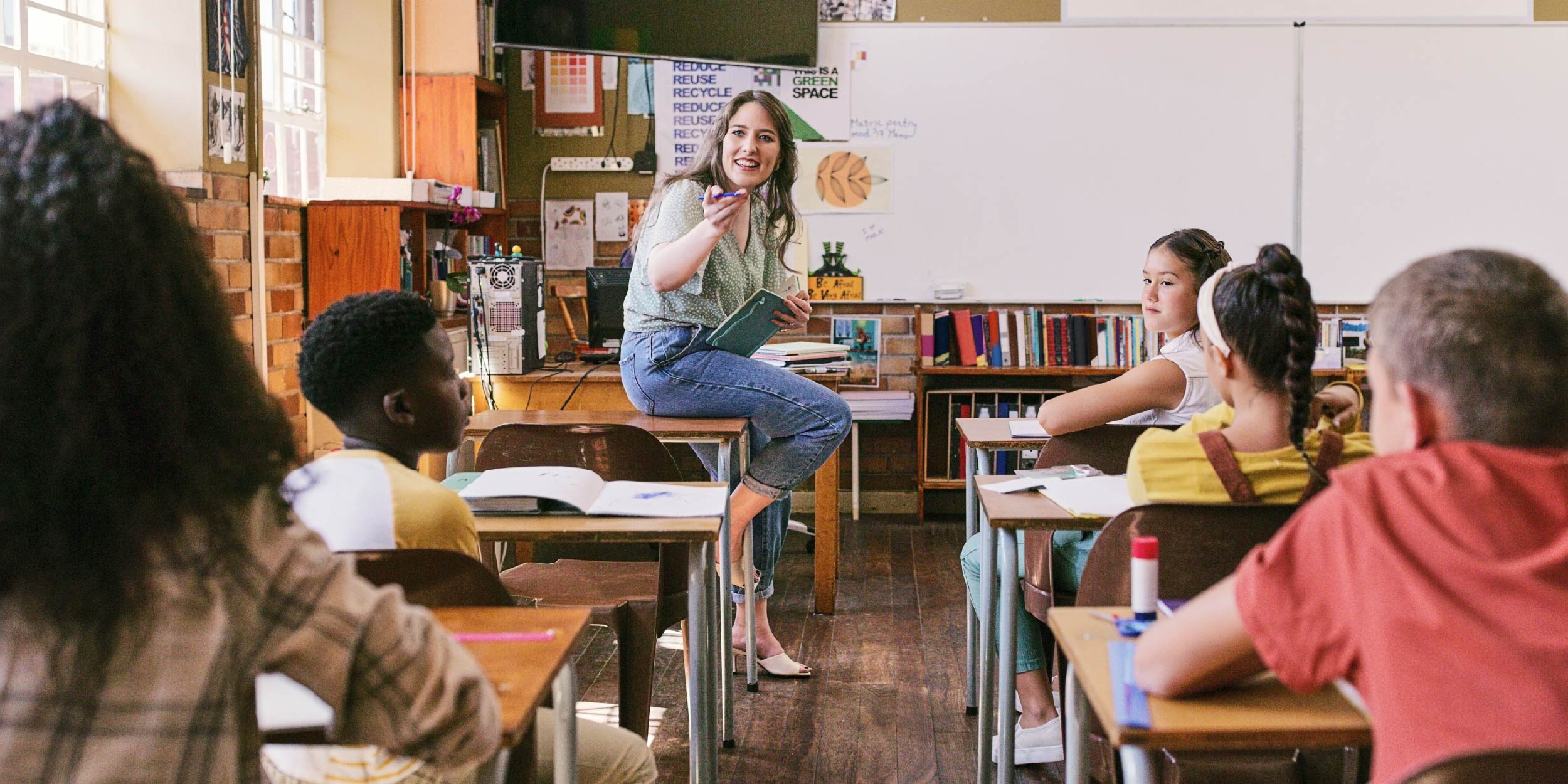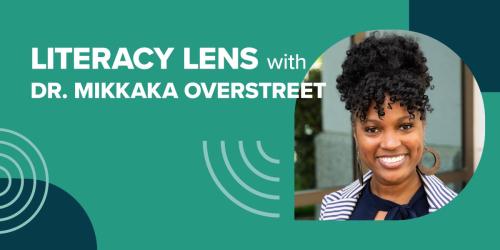Making More of More: Expanded Learning Time in Oregon

In my previous job as a teacher of students with disabilities, I often wished I had more time with my class—more time for quiet reading, more time for raucous games, more time to connect lessons to the real world. In short, I wanted more time for everything in the curriculum to sink in and take root.
Now, as an Education Northwest researcher, I know that expanded learning time is not just something I yearned for because I cared about my individual kids. It’s a strategy used nationwide, especially in schools working to improve student achievement.
I recently had the privilege of assisting the Center on Education Policy at George Washington University with a study of expanded learning time, which included an exploration of this practice in Oregon.
For the study, we first interviewed three Oregon Department of Education (ODE) officials about expanded learning time through statewide federal grant programs. We then talked to district and school officials about three schools that increased learning time through federal School Improvement Grants (SIGs). One of these schools also had an afterschool program funded by a 21st Century Community Learning Center (21st CCLC) grant. By talking directly to educators involved in these efforts, we hoped to learn about implementation challenges and successes.
Here are my three big takeaways from my work in Oregon:
- Oregon state, district, and school officials agreed that expanding learning time can help improve low-performing schools. This view is supported by a recent, rigorous study that found that when certified teachers expanded learning time, student performance in literacy and math increased, especially for students performing below standard.
- Our study participants also emphasized that expanding learning time is only one component of school improvement. Several interviewees noted that this strategy must be combined with high-quality instruction and targeted interventions for struggling students.
- The most commonly cited challenge to expanding learning time was funding and sustainability. District and school leaders said that finding sufficient funding to sustain these initiatives after the SIGs end was a major challenge, particularly because these funds were the main source of support for expanding learning time. Other challenges included negotiating teacher union contracts, arranging transportation for students, and dealing with high staff turnover in some 21st CCLC sites.
So, why do I think this study is so important? Lisa Harlan, ODE’s director of school improvement, made this point:
If you are talking about increasing achievement or closing the achievement gap, if you are talking about either of those things happening in a high-poverty, Title I school, there are couple of things that you have to do in order to turn around a school, and expanded learning time would be one of them.
Expanding learning time isn’t easy, and it isn’t a stand-alone strategy, but it is essential—especially for high-poverty, low-performing schools.



